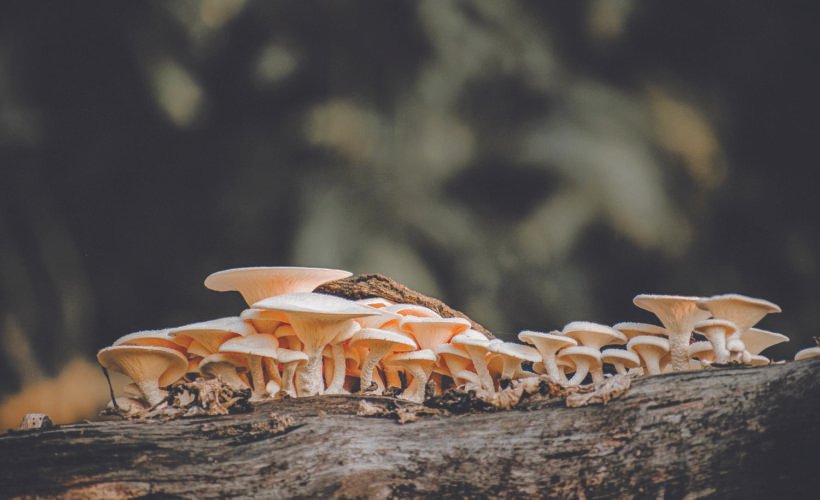
The Bandora Biodiversity Management Committee (BMC) has documented 18 previously undiscovered species of mushrooms, thus significantly contributing to global fungal biodiversity documentation

The Biodiversity Management Committee (BMC) of Bandora in Ponda has recently discovered 18 new species of mushrooms within the village. The Bandora Committee, formed in 2019 and chaired by Adv Surel Tilve, has documented approximately 675 mushroom varieties over the past three years. Apart from the recently discovered 18 species, the BMC has also found 50 previously unrecorded species in the State of Goa and 38 mushroom species never before documented in India. Additionally the BMC has identified 40 rare species of mushrooms.
Since 2021, the Bandora Committee, guided by microbiologist Dr Nandkumar Kamat, has focused its efforts on mapping the mushroom diversity within the village. Covering only 20 percent of the village area, they have already unearthed the aforementioned 675 varieties of mushrooms and now anticipate discovering at least 650 more varieties in the remaining terrain.
The exploration is part of a project tied to the exploration of natural resources, which began during the COVID-19 pandemic. Due to the period of social distancing, the BMC found it difficult to carry on with its people’s biodiversity register, which was done through consultation with the locals. However, this did not stop the passion-driven members who found a new approach via the leadership of Dr Kamat, who invited interested members of BMCs across Goa to a WhatsApp group dedicated to mushrooms, leading to the Bandora BMC members becoming active in the project.
In its first year, the BMC of Bandora documented over 300 species of mushrooms which included rare varieties as well. Devesh Naik, a member of the BMC and a radiologist at the Goa Medical College (GMC) and Hospital located in Bambolim, significantly contributed to the project through meticulous photographic documentation of the discovered species. The comprehensive effort by the Bandora BMC earned it recognition from the Goa State Biodiversity Board.
Further, Chairman Tilve credited the successful documentation of 675 mushrooms, which were recorded by May 2024, to the guidance of Dr Kamat who guided them on the collection of samples as well as the preservation techniques, among other aspects.
Additionally, Naik highlighted the significance of the discoveries, stating, “Out of the total findings, around 18 are new species, which have been found for the first time in the world and are being researched, while around 38 species are reported for the first time in India. Around 50 varieties have been reported for the first time in Goa. The Bandora BMC has also found around 40 rare species.”
He further shared that the Bandora BMC has shared images of these mushrooms on the BMC WhatsApp group and has also provided samples to the Goa State Biodiversity Board. Geolocations of the unique species have also been marked for researchers’ convenience.
Notably, amongst the discoveries, some species of mushrooms reportedly contain medicinal value that can be potentially used by pharmaceutical companies to produce medicines. “Besides, we have also detected various types of edible mushrooms, and one among them is the Pink Oyster, found in mangroves. It has been reported for the first time in the country,” Tilve added.
The recent discovery by the Bandora BMC is a boon for Goa, particularly its agricultural sector, which has been overshadowed by recent waves of development that has hit it. This breakthrough could reignite interest in Goan agriculture, thanks to the potential benefits of the newly identified mushroom species. Consequently, this finding holds importance not only on a global scale but also locally, shedding light on the rich biodiversity of Goa and prompting greater attention to its preservation





